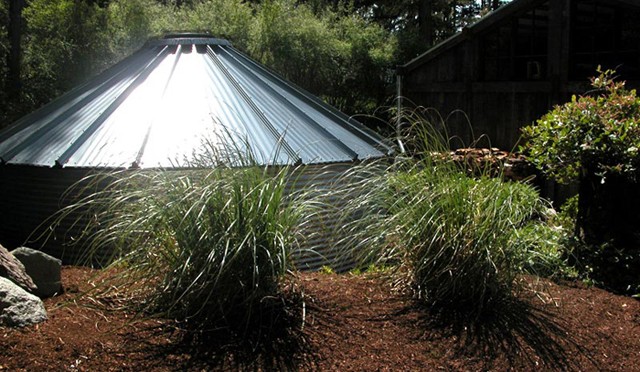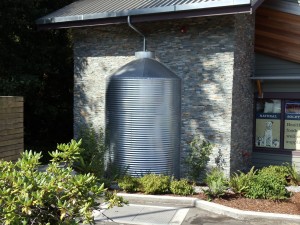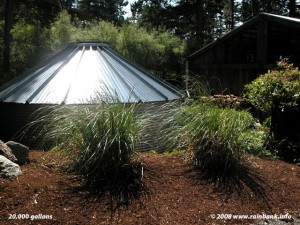 RainBank Rainwater Catchment System’s president Ken Blair is a co founder and former director of Bank on Rain, a non profit organization providing solutions to developing countries for clean drinking water. Over the past few years, Ken has enjoyed traveling to Sierra Leone Africa, along with others, to assist in providing clean drinking water and sanitation education to school children.
RainBank Rainwater Catchment System’s president Ken Blair is a co founder and former director of Bank on Rain, a non profit organization providing solutions to developing countries for clean drinking water. Over the past few years, Ken has enjoyed traveling to Sierra Leone Africa, along with others, to assist in providing clean drinking water and sanitation education to school children.
While stepping down from the Bank on Rain board, Ken plans to expand his philanthropic efforts with education offerings to organizations seeking to promote rainwater collection. As such, Ken plans to teach nonprofits and other groups how to introduce rainwater collection in developing countries.
By expanding his reach and working with many to achieve his goals, Ken states. “I feel my talents can be used on a broader spectrum by working with many organizations rather than just one. The need for clean drinking water is a world-wide issue and there are many groups that do good work – all of which need support from contributors and volunteers.”
For more information about rainwater harvesting education for developing countries, please complete and submit the form below.


 Steel water storage tanks for rainwater collection are generally bolted together grain silos adapted for this use. Made of galvanized corrugated steel panels, wall panels average 17 – 20 gauge with the galvanized roof panels being high rib or flat seam with a center hatch at the top and an access hatch near the bottom of the roof. A felt pre-liner is used between the steel and the main liner to protect it from abrasion. Liners are usually polyethylene and NSF approved when used for potable application or PVC, which is generally used for non-potable. However, PVC can be used for potable, as long as it is NSF approved. RainBank recommends polyethylene for this application.
Steel water storage tanks for rainwater collection are generally bolted together grain silos adapted for this use. Made of galvanized corrugated steel panels, wall panels average 17 – 20 gauge with the galvanized roof panels being high rib or flat seam with a center hatch at the top and an access hatch near the bottom of the roof. A felt pre-liner is used between the steel and the main liner to protect it from abrasion. Liners are usually polyethylene and NSF approved when used for potable application or PVC, which is generally used for non-potable. However, PVC can be used for potable, as long as it is NSF approved. RainBank recommends polyethylene for this application. Steel water storage tanks offer durability and protection of the liner from UV rays, plus offers an industrial or rural architectural look. Many commercial applications use this type of storage for both of these reasons. Overflow lines can be installed on the outside of the tank, but it is recommended that any pressurized lines be underground and frost protected in our Washington climate.
Steel water storage tanks offer durability and protection of the liner from UV rays, plus offers an industrial or rural architectural look. Many commercial applications use this type of storage for both of these reasons. Overflow lines can be installed on the outside of the tank, but it is recommended that any pressurized lines be underground and frost protected in our Washington climate. Storm water is a concern in the Puget Sound area. Storm drains are overwhelmed during a large event resulting in sewage being released in our waterways. Fish, shellfish, and marine animals experience the brunt of these spills. Plus, toxins from roof run-off enter our storm water systems with every rainfall. Roof runoff carries oil from our driveways into the drain system and into the Puget Sound. Pesticides, fertilizers, and pet fecal matter is carried from or roof runoff into the street drainage system and into the storm water resulting in these pollutants entering the ecosystem.
Storm water is a concern in the Puget Sound area. Storm drains are overwhelmed during a large event resulting in sewage being released in our waterways. Fish, shellfish, and marine animals experience the brunt of these spills. Plus, toxins from roof run-off enter our storm water systems with every rainfall. Roof runoff carries oil from our driveways into the drain system and into the Puget Sound. Pesticides, fertilizers, and pet fecal matter is carried from or roof runoff into the street drainage system and into the storm water resulting in these pollutants entering the ecosystem.